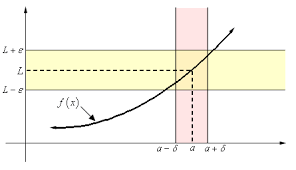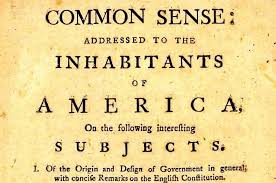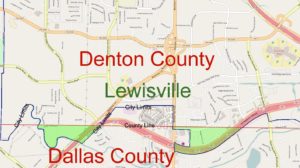 The key facts of Vetri Ventures LLC v. Westridge Eagles Nest Owners Association were as follows:
The key facts of Vetri Ventures LLC v. Westridge Eagles Nest Owners Association were as follows:
- Judge A (a senior judge appointed by assignment) presided over a bench trial, in a dispute about assessments by a homeowners’ association, on April 6, 2021;
- A May 24 docket entry, followed by a May 25 email from the court coordinator, indicated Judge A’s ruling on all matters except the amount of attorneys’ fees, and requested submission of an appropriate order;
- In November 21, after a hearing on the motion for judgment, Judge B (the elected judge for the court) entered final judgment that included a fee award.
- Judge B then signed findings of fact and conclusions of law, after which Judge A signed amended findings and conclusions.
Held:
- The coordinator’s email was not an effective “rendition” of judgment: “The email was sent only to the parties’ counsel. The trial court did not orally announce, in open court, its decision on the issues addressed in the court administrator’s email. Nor did the court deliver the email to the clerk of the court for filing, entry, or inclusion in the public record or take any actions reasonably calculated to effectuate such delivery.”
- Because the email was not a rendition, Judge B lacked authority to “merely memorialize” that rendiition with a final written judgment.
No. 05-21-01172-CV (March 15, 2024) (mem. op.) Enthusiasts of this sort of Texas appellate arcana will enjoy my Baylor Law Review article about “Judgment Rendition in Texas,” co-authored with the able Ben Taylor.



















 er 23 Order indicates the trial [judge] intended for its September 22 Order to constitute a final and appealable judgment that disposed of all claims.” Unfortunately for the appeal, however, the Fifth Court noted (1) “factual recitations or reasons preceding the decretal portion of a judgment form no part of the judgment itself,” and (2) “the October 23 Order cannot constitute a final judgment because it lacks the decretal language typically seen in a judgment” [such as “ordered, adjudged, and decreed,” etc.]. Because of these shortcomings with the October 23 Order, and the September 22 Order’s failure to address all causes of action or include Lehmann finality language, there was no final judgment and thus no appellate jurisdiction. No. 05-17-01228-CV (Dec. 18, 2018) (mem. op.)
er 23 Order indicates the trial [judge] intended for its September 22 Order to constitute a final and appealable judgment that disposed of all claims.” Unfortunately for the appeal, however, the Fifth Court noted (1) “factual recitations or reasons preceding the decretal portion of a judgment form no part of the judgment itself,” and (2) “the October 23 Order cannot constitute a final judgment because it lacks the decretal language typically seen in a judgment” [such as “ordered, adjudged, and decreed,” etc.]. Because of these shortcomings with the October 23 Order, and the September 22 Order’s failure to address all causes of action or include Lehmann finality language, there was no final judgment and thus no appellate jurisdiction. No. 05-17-01228-CV (Dec. 18, 2018) (mem. op.)







